Memphis, TN– Nathan Bedford Forrest was a confederate general, a founder of the Ku Klux Klan and its first grand wizard. Forrest became wealthy from the slave trade often advertising in local newspapers, “Fresh Negroes Delivered Daily.” A concrete slab sits boarded by a fence, where Forrest’s statue once stood in Memphis’s Health Sciences Park. The park was once named after Forrest too. I visit the slab on a chilly Memphis morning. There are some memorials left to Forrest: flowers, candles and a planter bearing a sticker of a confederate flag. I spit and then walk away.
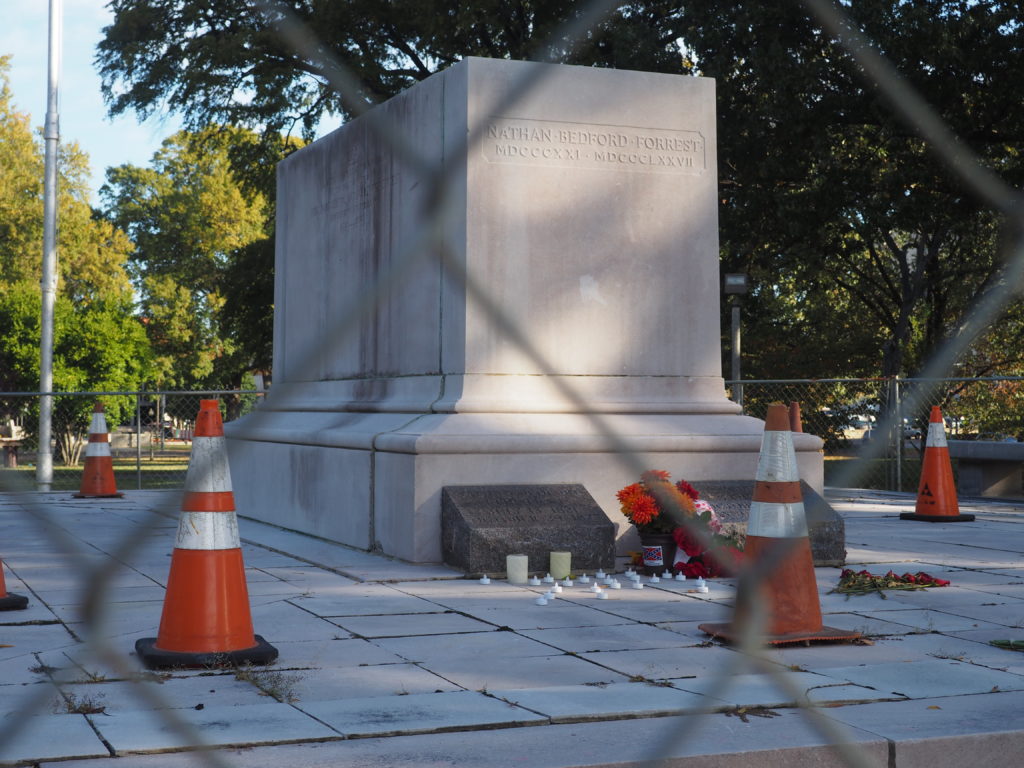
Four days in Memphis and I am on a quest to discover and learn everything I can about its history. I am here to confront the ghosts of the old South. The year 2019 is Memphis’s bicentennial. It’s also the 400th year when the first African slaves were brought to the new world.
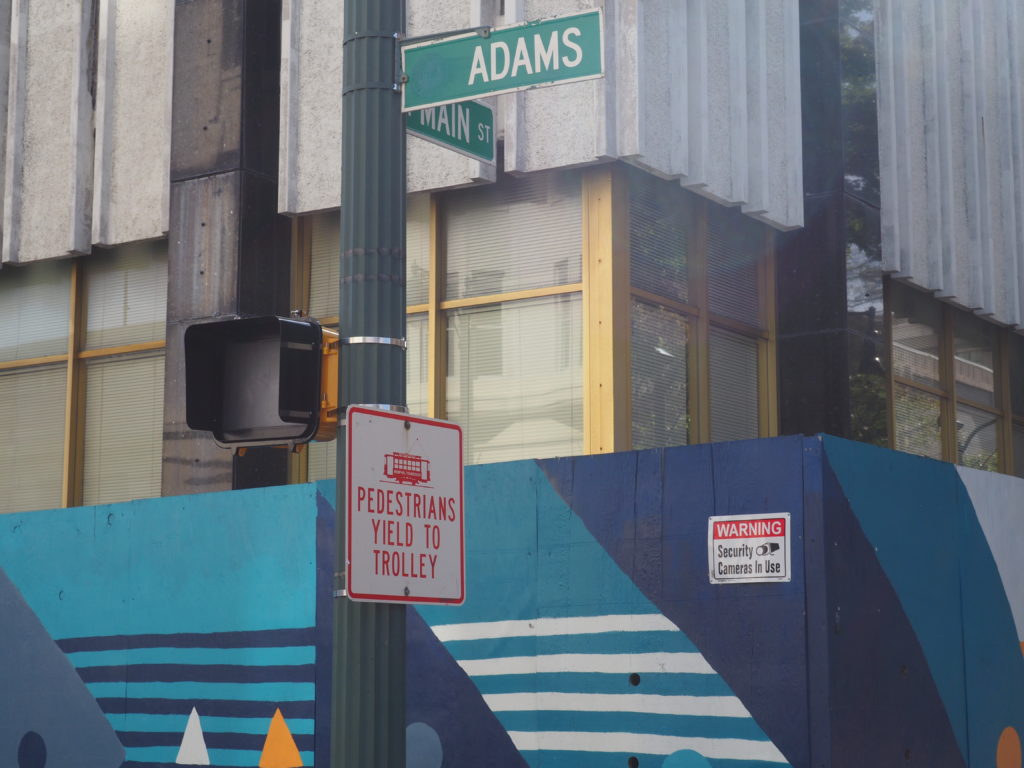
Everywhere you look there are signs of the vibrant new South. Hotels, restaurants, a new sports arena, but dig a little deeper and you’ll discover the ghosts of the past.

The Memphis Trolley runs through Adams and Main streets. The area was once known for its depot, but unlike Home Depot or Office Depot, this depot is where human lives were once bought and sold. A few blocks west you will see the mighty Mississippi River. According to one local man, those who couldn’t be sold, were often thrown into the river to drown.

As I search for the ghosts to confront, I want to know; What was it like for an African American or a person of color to live and travel in the old South? At the National Civil Rights Museum you’ll find a quote from Diane Nash, a former freedom rider and a leader of The Student Non Violent Coordinating Committee in the 1960’s, “Traveling in the segregated South for Black people was humiliating. The fact that there were separate facilities was to say to Black people and White people that Blacks were so sub human and so inferior that we could not even use the same public facilities that White people used. It was also dangerous.”

The museum is located at the old Lorraine Motel, a former Green Book hotel in the segregated South that catered to mostly upscale African American clientele. They included Aretha Franklin, Ray Charles, Lionel Hampton and Otis Redding. The Lorraine was also the site where on April 4, 1968 civil rights leader Martin Luther King was assassinated.
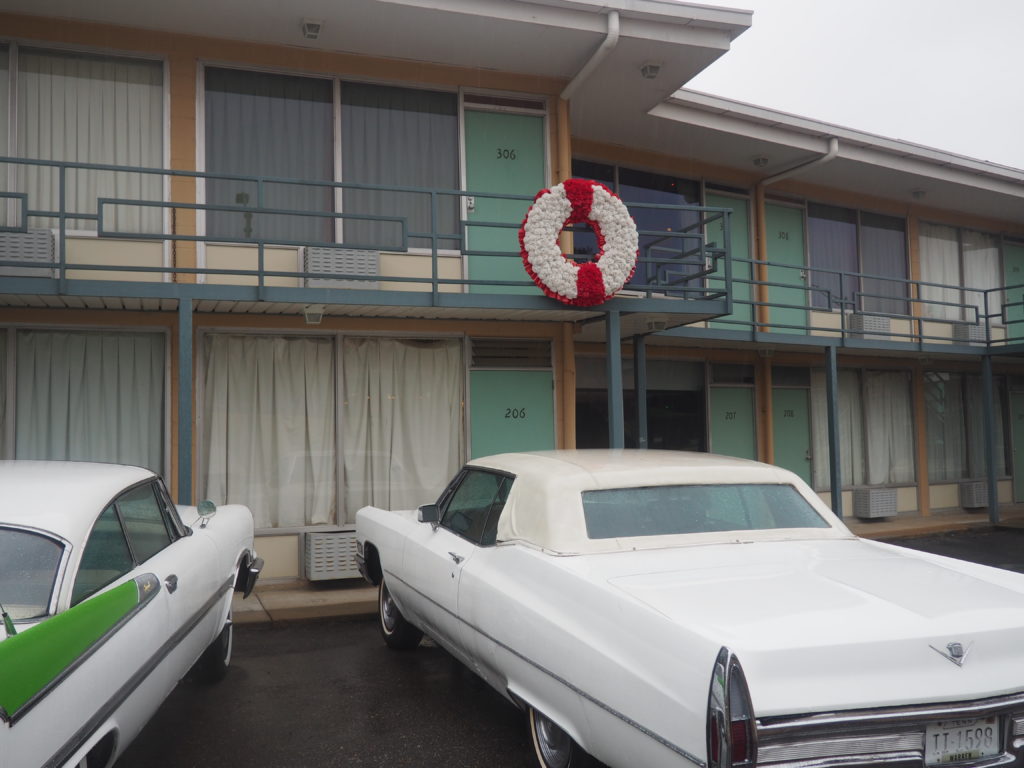
The first thing you notice is the wreath placed in front of room 306 near the balcony where King died. As a young boy I remember seeing a photo in Life Magazine of the King assassination. It gave me an eerie feeling. At the time I did not understand the meaning of King’s life and what the civil rights movement meant for me as a person of color living in America.
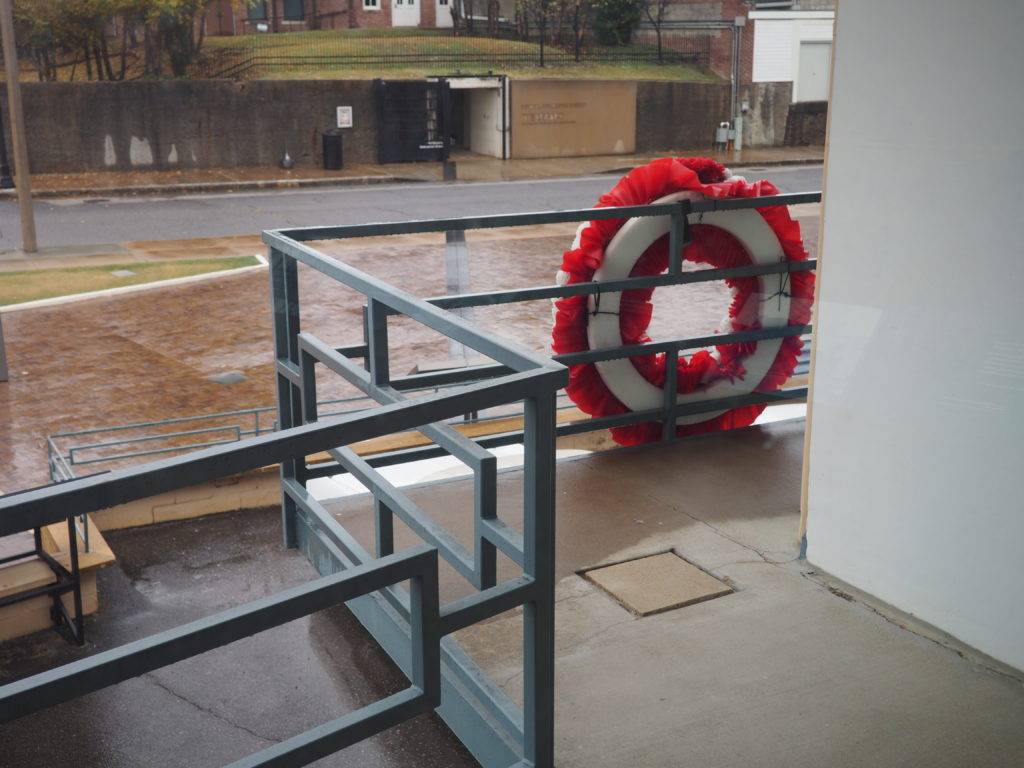
For anyone who travels to Memphis, the National Civil Rights Museum is a must. The interactive exhibits will take you from the earliest days of slavery, to the Montgomery bus boycott, to sit ins for desegregation in Birmingham, to organizing voters in Mississippi, to the King assassination and the events the led up to it. It is recommended that visitors spend at least two hours at the museum. I was so fascinated that I spent five hours there.
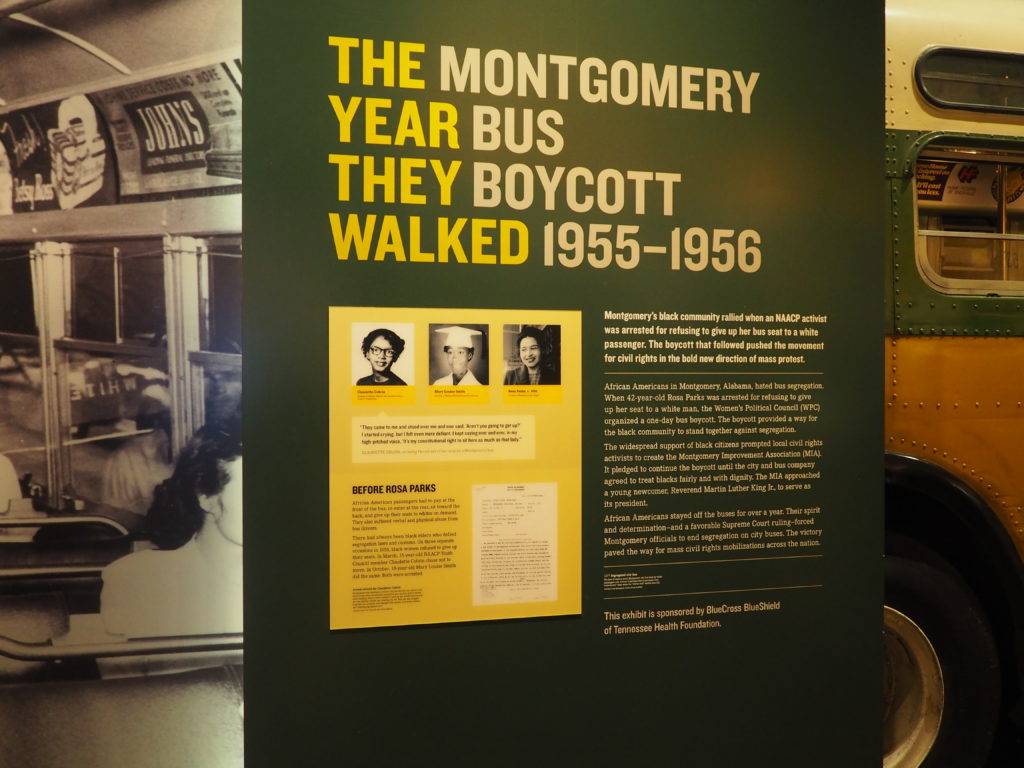
https://www.civilrightsmuseum.org/

Before I visited the museum, I went on the Tour of Possibilities, an African American history tour of Memphis. This eye opening tour will take you on a historical journey through some of the city’s most iconic sites, including the I Am a Man Plaza dedicated to the Memphis sanitation workers who went on strike for better working conditions in 1968 and the historic Mason Temple were Martin Luther King made his final speech, ” I’ve seen the mountaintop . . . ” The tour led by our amazing guide Queen helped me to better understand the city both past and present.
The first thing you notice when you visit The Slave Haven Museum at the Burkle Estate is the large magnolia tree in front of the home. Magnolia’s are not native to Tennessee. The tree was imported from Louisiana and planted more than 160 years ago. Unlike other trees whose leaves turn brown in the fall and winter, the magnolia’s leaves stay green year round. The tree was a signal to runaway slaves that the Burkle home was a safe house. Jacob Burkle was a German immigrant who built the modest home in 1856. He was a local businessman and an abolitionist who used his home as a way station on the underground railroad to help escaped slaves flee north. My visit to the museum with a group of high school students helped me to better understand the horrors of slavery and the risks people like Burkle took to help others be free.
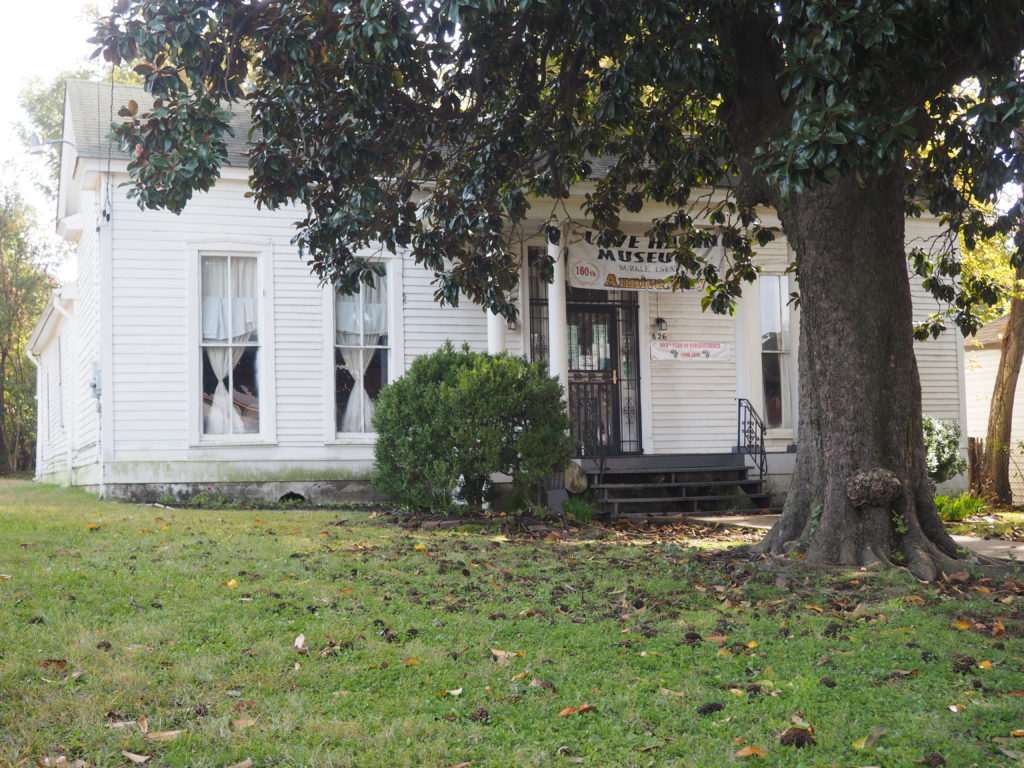
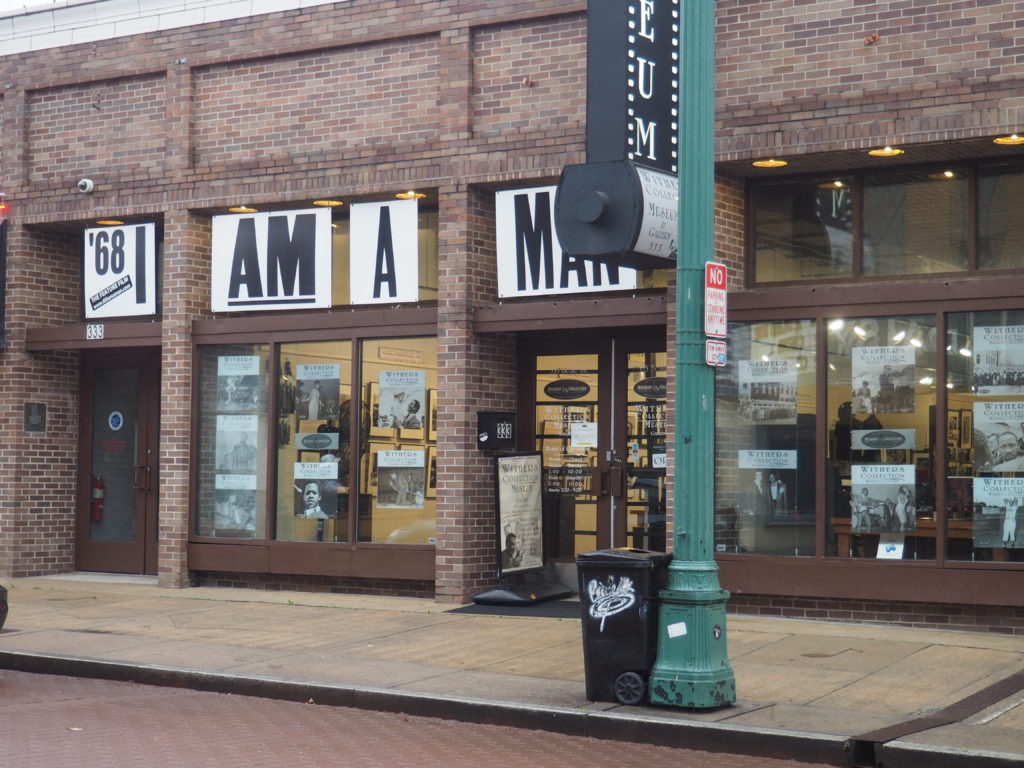
The Withers Collection Museum and Gallery located on Beale Street is an exhibit of the photographs of photo journalist Ernest Withers. His photos of the funeral of Emmitt Till in 1955 shocked the world. Till was a 14 year old boy who while visiting family in Mississippi was lynched and mutilated after falsely being accused of whistling at a White woman. Wither’s photos cover not only the history of the civil rights movement, but slices of African American life, including sports figures and entertainers.
https://www.thewitherscollection.com/

Four days of trying to learn as much history as I can, often ignoring sleeping and eating took its toll on me. I found a moment to spend some quiet reflection time at Martin Luther King Reflection Park thinking of the man and the meaning of his life. Located on the corner of Martin Luther King Boulevard and South Second Street, the park was dedicated in 2018 for the 50th anniversary of King’s assassination.
I know there are many more stories and many more places to visit in Memphis and beyond and I know that I barely scratched the surface in four days. You can start your own journeys be visiting the more than 100 places on the U.S. Civil Rights Trail.
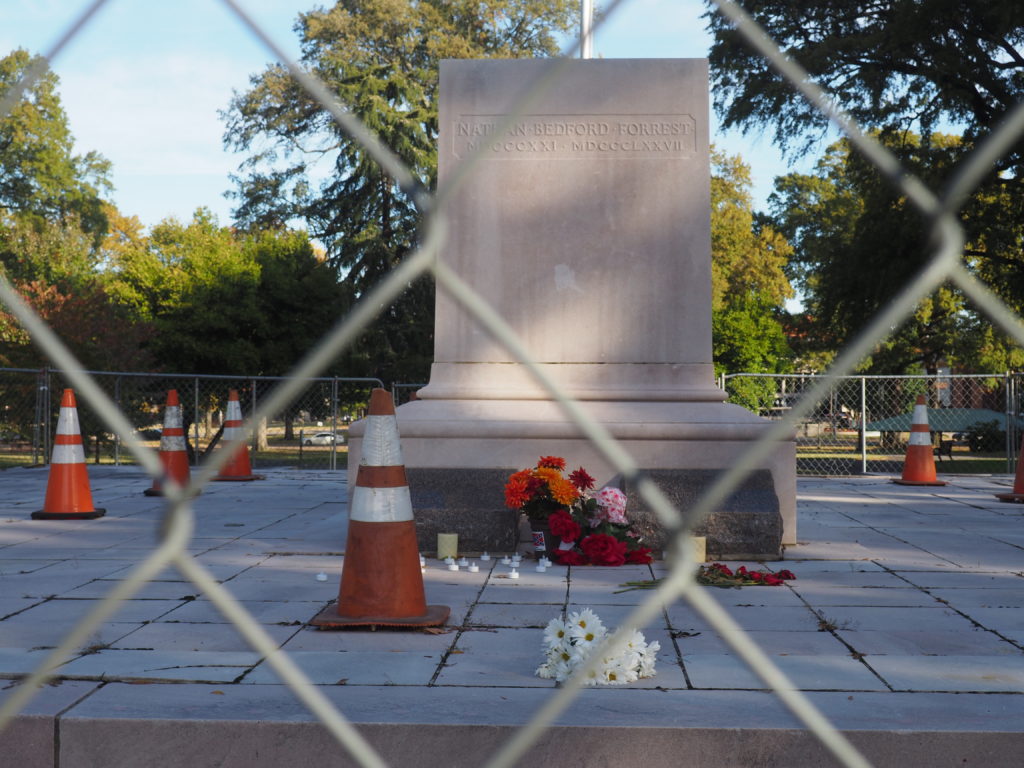
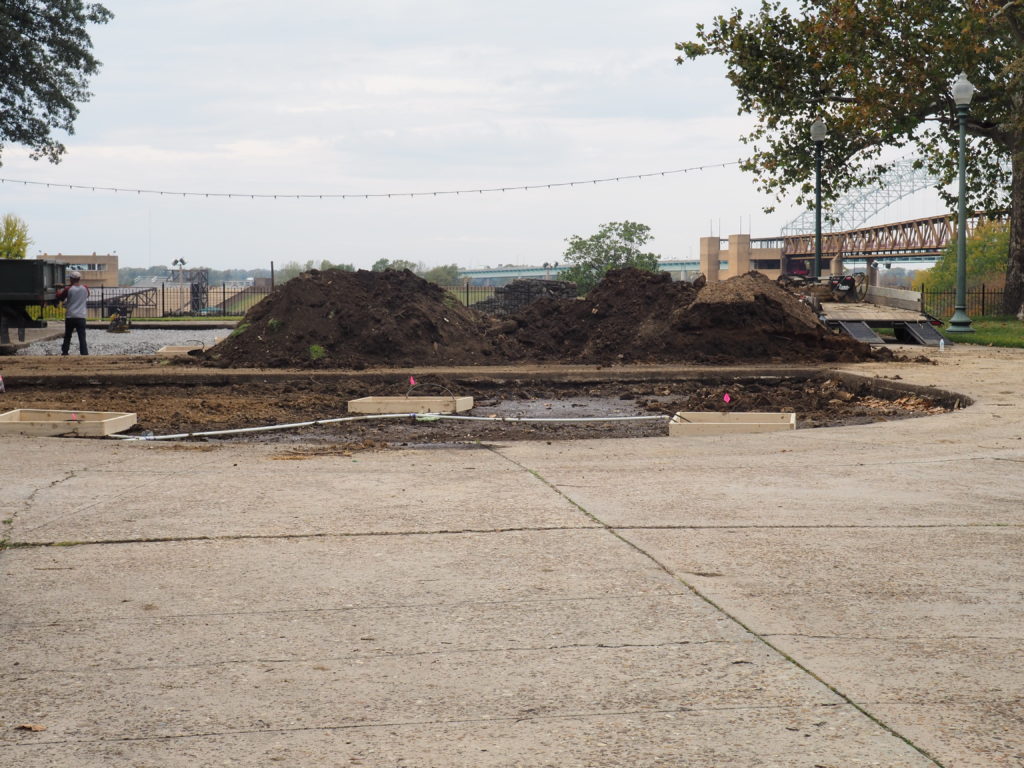
They said that the statue of Nathan Bedford Forrest would never come down, but on December 20, 2017 the statue of Forrest and another statue of confederate President Jefferson Davis both came down. In retaliation, the Republican controlled Tennessee state legislature retaliated by removing $250,000 that had been set aside for Memphis’s bicentennial celebration. Like them there are those who still cling to the past and the ways of the old South. There are also those who seek to bury the past. If I’ve learned anything in my four days in Memphis, it’s that in order to move forward, it’s time for all of us to confront the ghosts of the past.
